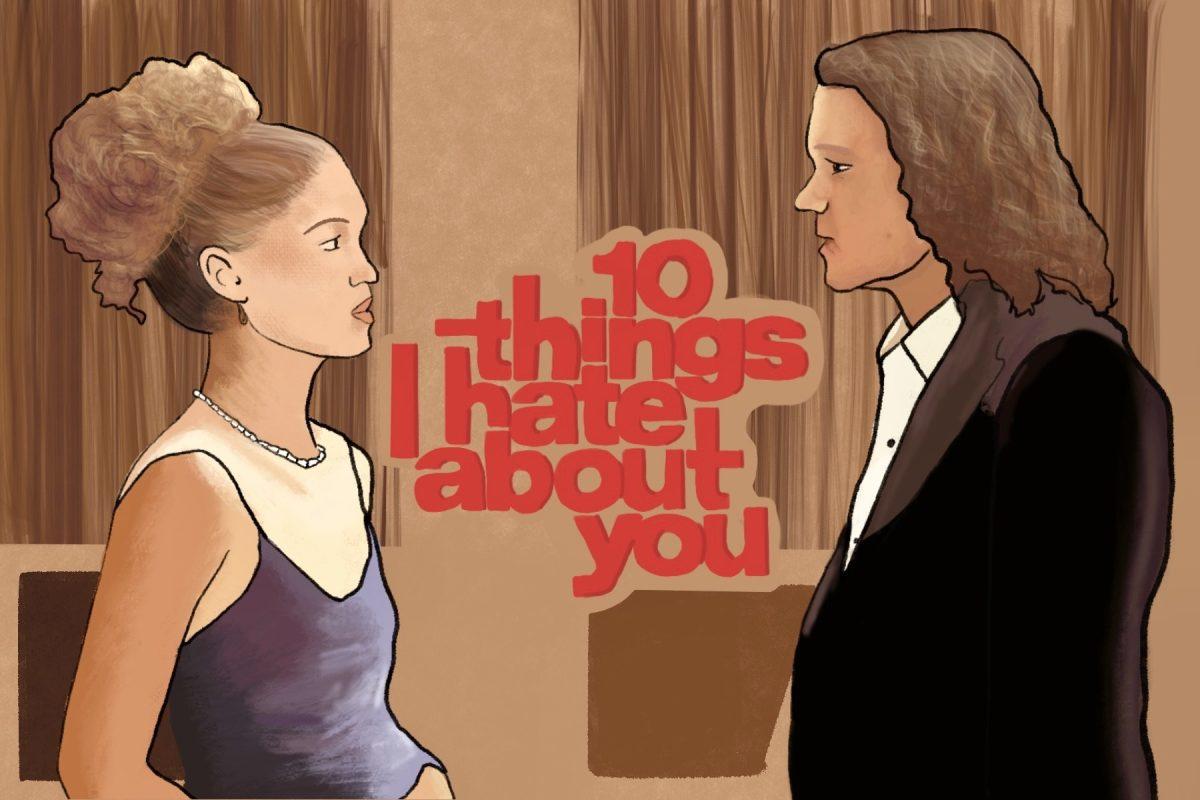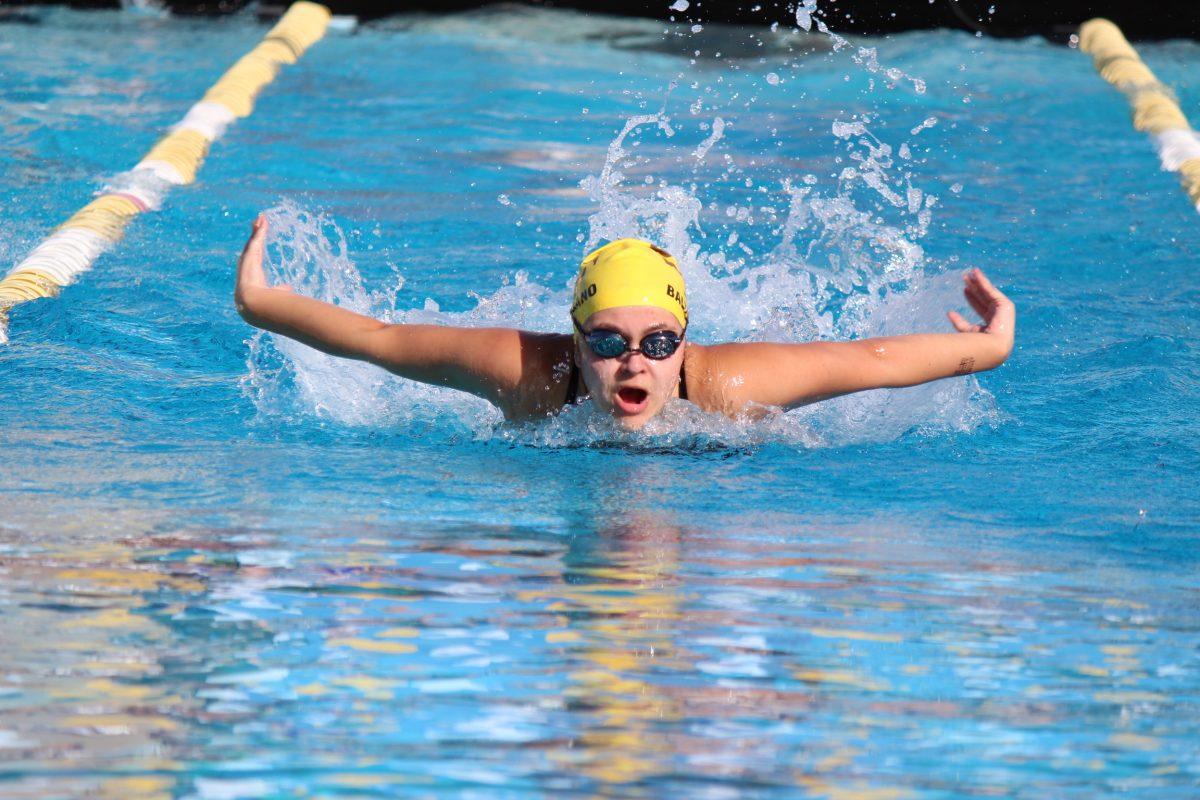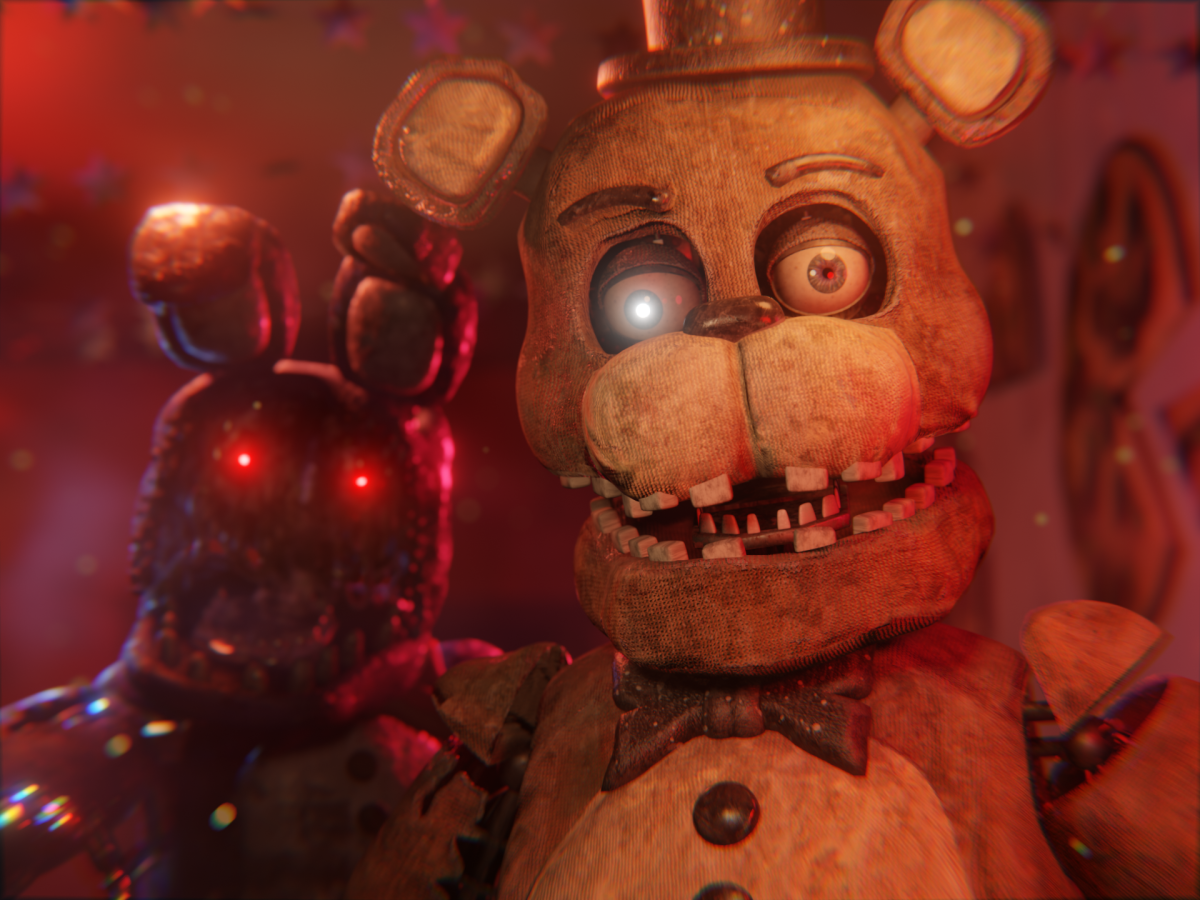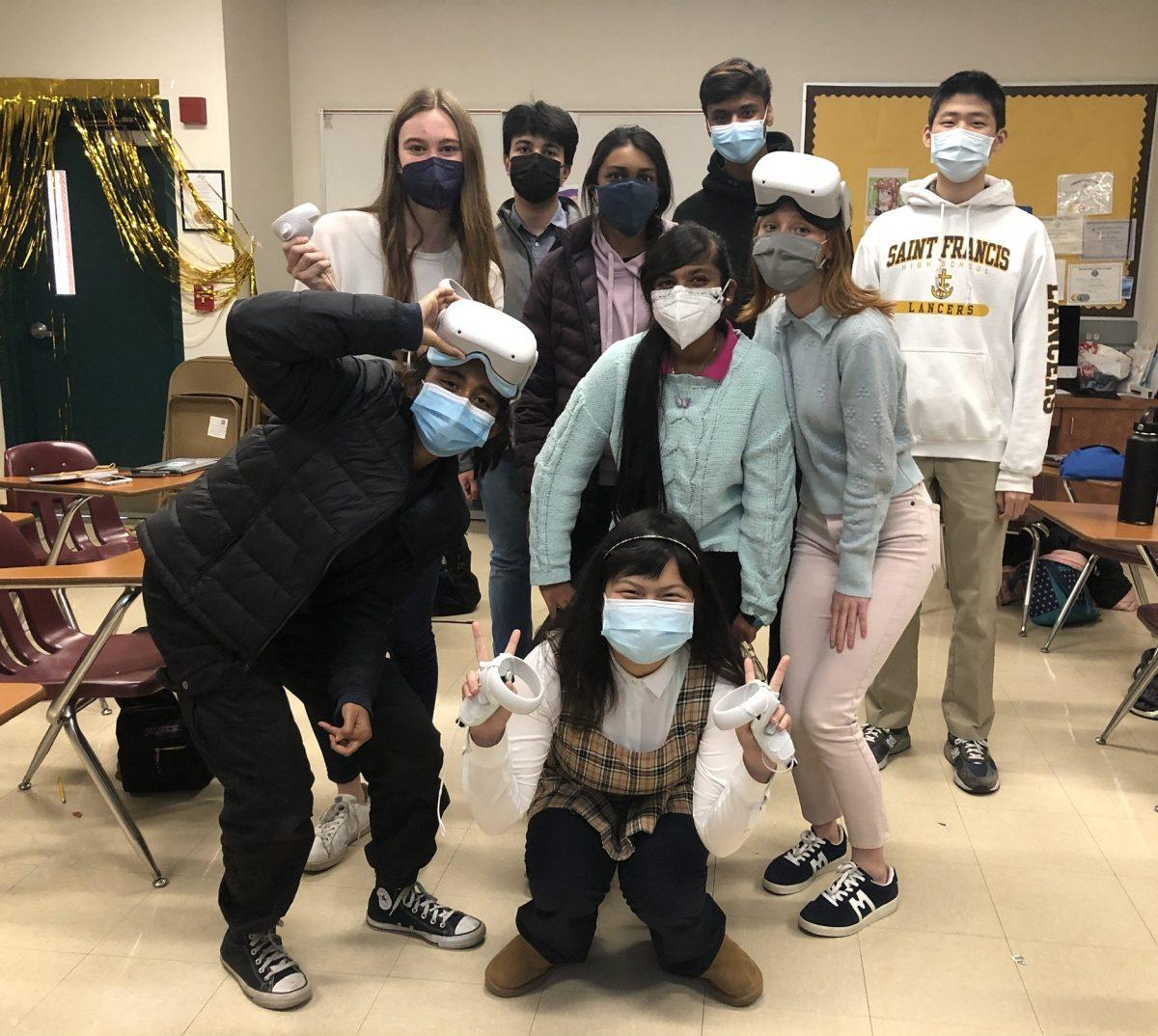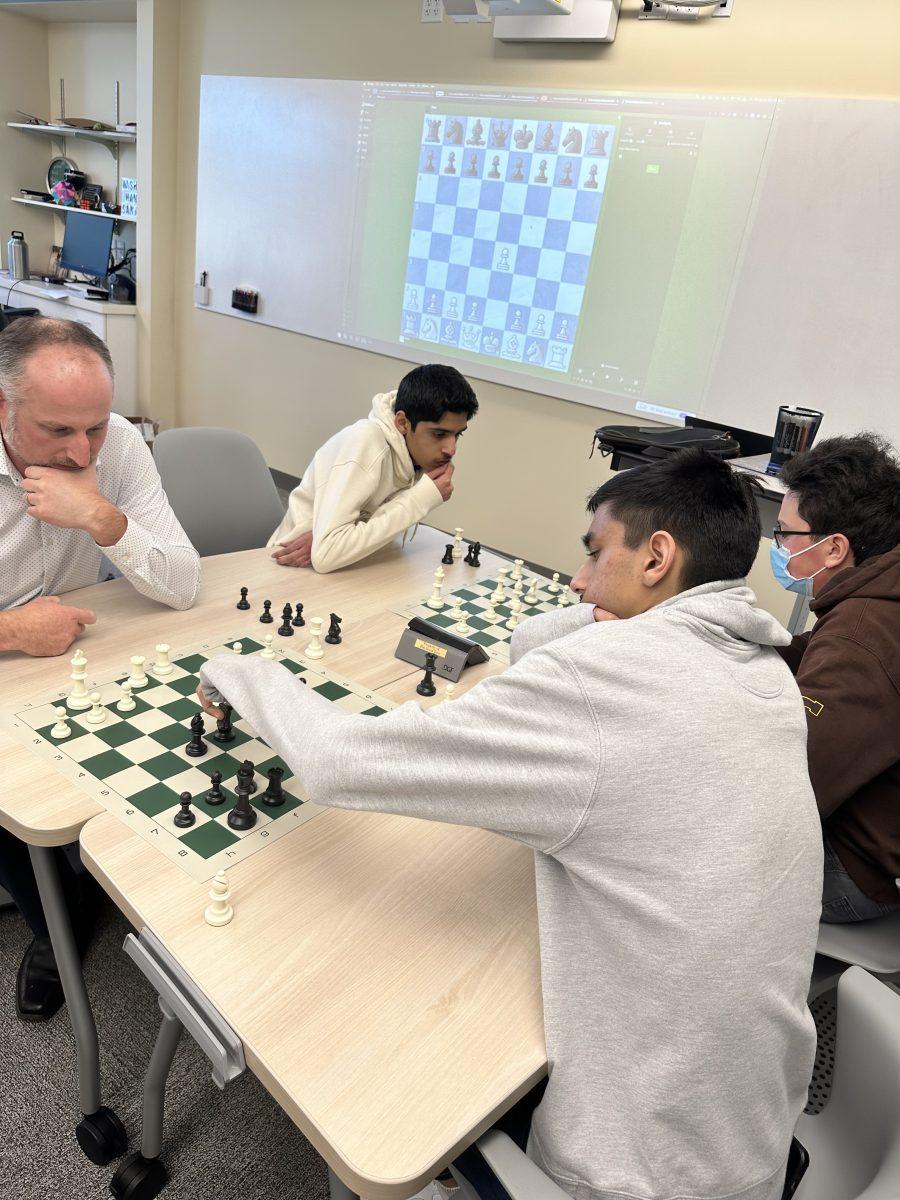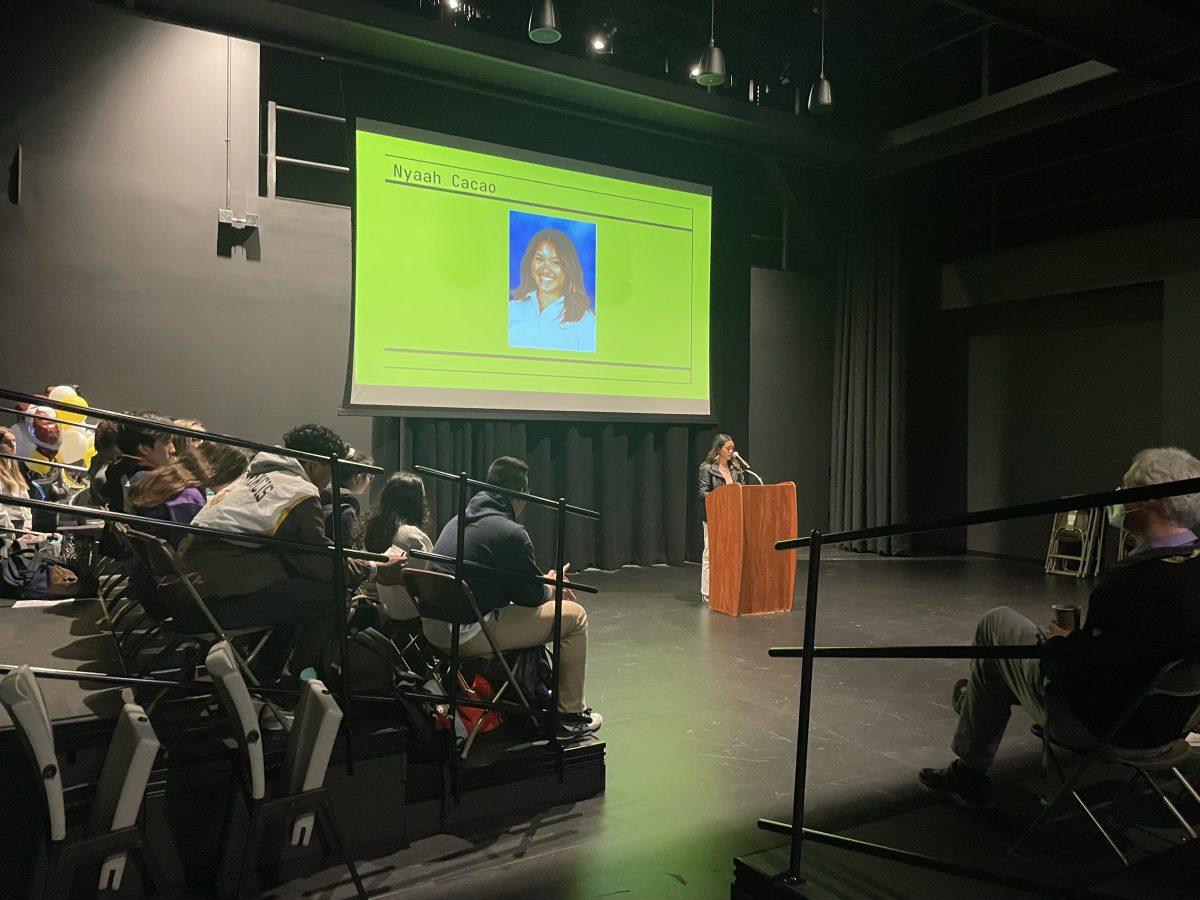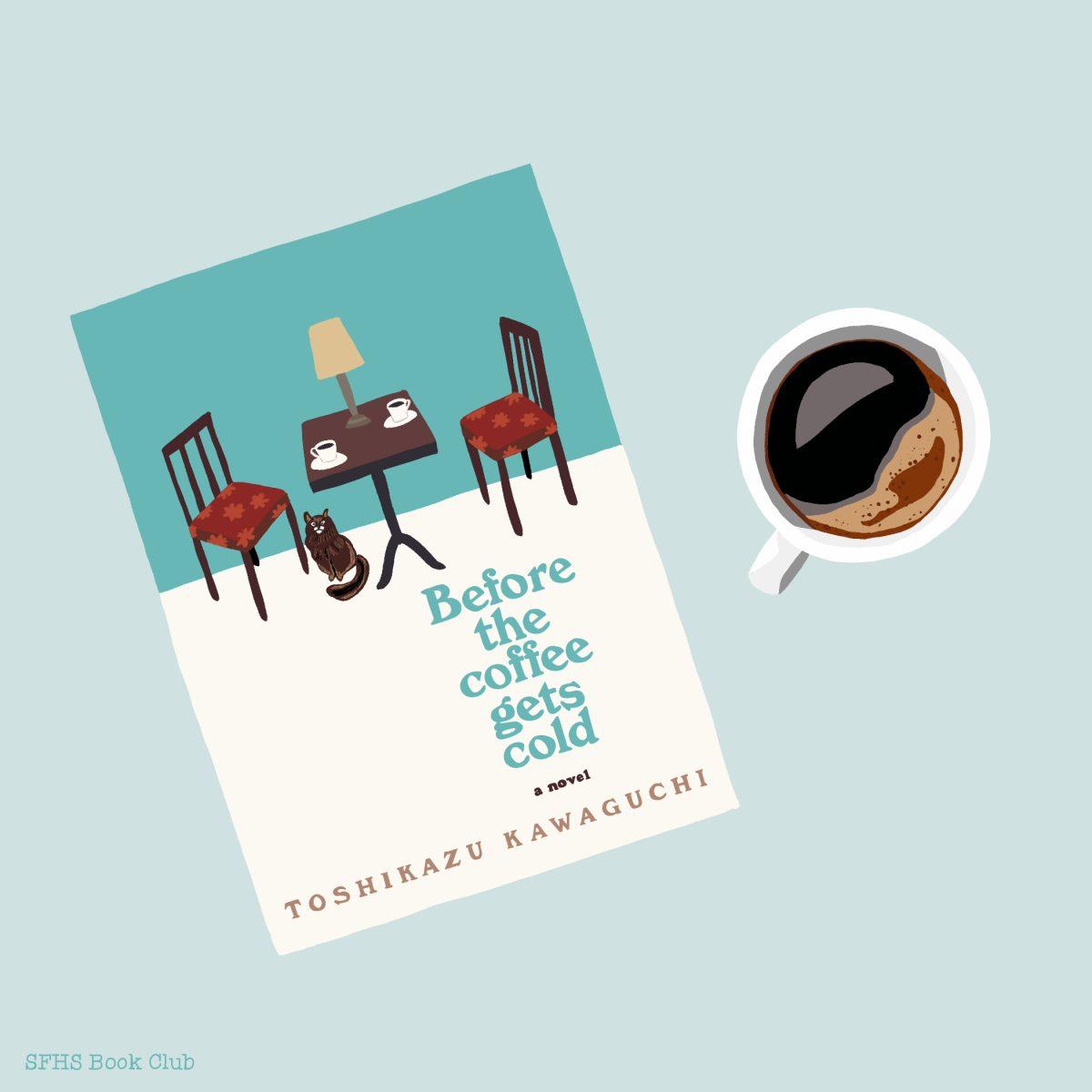by Will Li (’23) | March 31, 2021

My dearest readers, it is with great sorrow that I inform you that my time as a Lancer columnist and staff member is coming to a close. Without further ado, I hope you enjoy the tenth and final article of Club Chronicles.
The match begins. Robots are rapidly released onto the playing field, and the exhilaration associated with competitive robotics permeates the arena. As a few seconds remain on the match timer, the team drivers’ concentration intensifies. Hundreds of spectators pack the stands, enhancing the already competitive atmosphere. This is what Saint Francis’s Team 2367 devotes months of preparation for each year.
From March 23 to 26, the team competed at the Sacramento Regional at UC Davis which was part of the larger annual FIRST (For Inspiration and Recognition of Science and Technology) Robotics Competition, otherwise known as FRC. Attended by 46 teams mostly from high schools throughout California, the regional was Team 2367’s first tournament during this year’s competition season.
“The goal of this competition was to gauge how our robot would do against others and decide what we need to improve on for our next competition,” explained board member and software lead Nitish Gourishetty (’23).
The tournament consisted of over a hundred three-on-three matches with practice sessions on Friday, qualification matches on Saturday and Sunday morning, and playoffs between the top eight teams on Sunday. Over the course of the tournament, Team 2367 played a total of ten three-on-three matches. Later, each team in the playoffs was able to pick two other teams with which to form an alliance during the elimination rounds.
FRC designs a unique game to be played every year, in which teams must leverage various capabilities of their robots to complete certain tasks. Dubbed “Charged Up” to reflect the theme of energy storage, this year’s game entails robots picking up cones and cubes from various locations on the playing field and placing them atop specific platforms to score points.
Even though this year’s FRC game was released on January 7, the team’s preparation began long before. “Last summer, we created the code and potential mechanical prototypes for a variety of robot designs because we didn’t know what the game was going to be,” explained Aarush Kachhawa (’23). After the game’s release, the team first focused on design before working on electronics and software, said Kachhawa, and as the tournament approached, the emphasis shifted to “fixing up” the code.
But despite monthslong preparation, the team encountered various difficulties at Davis. Board member Safaa Hussain (’23) explained, “We want to fix our bumpers… We want to make sure the code has enough time to test because that’s a problem we ran into with this competition.” Another objective she emphasized was ensuring sufficient time for driver practice.
Board member Nikita Senthil (’23) also mentioned issues surrounding the “intake mechanism” that collected cones and cubes. But she also echoed the team’s optimistic spirit: “We’re looking forward to the next competition … to make those improvements that we saw we needed. But overall, we’re hopeful.”
Various team members highlighted the robot’s strengths at Davis. “Almost every match, we were consistent on scoring at the [platform],” noted board member and mechanical lead Pranav Amarnath (’23). “That was what we were best at, and we helped most of our alliances a lot that way.”
Gourishetty also described the team’s advantageous strategy during one match: “We’d draw penalties from the opponent… We’d stand in our protected zone and casually bait out. In that match, we gained thirty penalty points.”
With the Sacramento Regional in their rearview, the team is setting its sights on a stellar performance in April at the Silicon Valley Regional at San Jose State University. Regardless of the outcome, this final competition will prove to be a rewarding culmination of the 2023 robotics team at Saint Francis. “The fact that so many people can be so dedicated towards a common goal [and] that so many hours can be put into designing the most minute components, all to be integrated into this robot,… that’s what makes me really proud,” concluded Kachhawa. “It’s just really amazing to see.”






































































